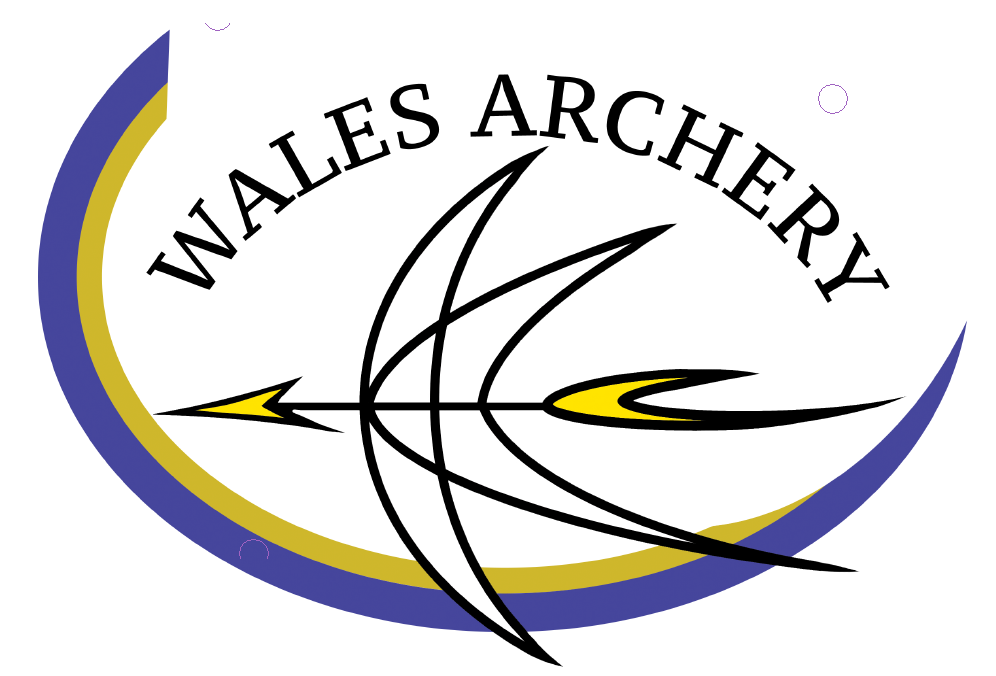In this article we describe some bow terminology, which will hopefully help out when browsing archery websites.
SPEED RATINGS
Arrow speed is measured in feet per second, or fps. The higher the number, the faster the bow. A bow rated at 300 fps is faster than a bow rated at 290 fps.
Bow companies list “ATA” or “IBO” next to their speed ratings. ATA and IBO ratings evaluate bow speeds a bit differently. Bow companies use one of these industry standards to keep bow specifications consistent.

DRAW LENGTH
Draw length is how far a bow is pulled back. Draw length varies by person, depending on their size. Some bows (compound bows) offer a range of draw lengths because they can be adjusted to differing draw lengths. If you are unsure of your draw length it can be checked at the shop.

DRAW WEIGHT
Draw weight is the amount of force needed to pull a bow. Draw weight is measured in pounds. In archery, it’s common to use the pound sign – # – (hashtag) or lbs to indicate pounds. Therefore, 45 pounds is written 45# / 45lbs.
A recurve bow’s draw weight increases as it’s drawn. A recurve bow’s draw weight is measured at 28 inches. Therefore, if your draw length is less than 28 inches, your draw weight will be less than the bow’s listed weight. When a compound bow is draw the weight builds upto the peak weight then lets off.
LET-OFF
A compound bow uses cables and cams to store energy and reduce the holding weight at full draw. This reduction in holding weight at full draw is called “let-off,” and is calculated as a percentage of the overall draw weight. For example, a 40-pound bow with a 75 percent let-off would be ten pounds at full draw. These allows the bow to be held at full draw for longer, hopefully increasing accuracy!


